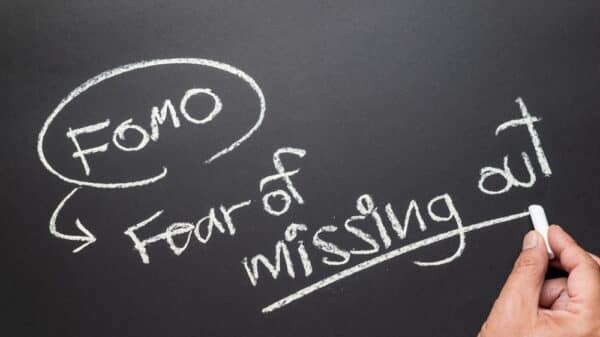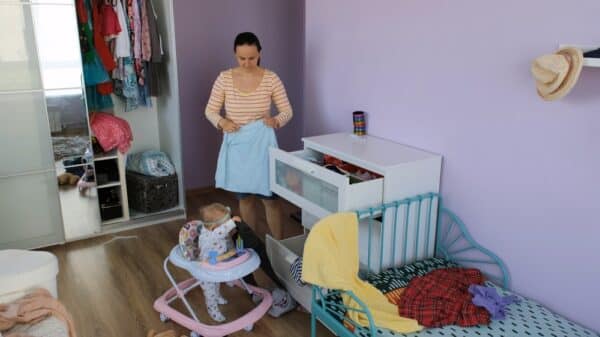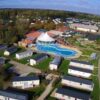Autism diagnoses are surging in the United States. A recent report from the Centers for Disease Control and Prevention (CDC) reveals that about one in 31 children—around 3%—received an autism diagnosis in 2022, a notable increase from one in 36 just two years earlier. The CDC attributes this rise not to a higher prevalence of autism but to improved diagnostic tools that help identify the condition earlier and more accurately. However, despite these advancements, the complexities of autism spectrum disorder (ASD) remain an area of ongoing research, with many questions still to answer.
In an exciting development, researchers from Princeton University, in collaboration with the Simmons Foundation, have made strides in identifying four distinct subtypes of autism, which could pave the way for enhanced understanding and tailored care for individuals with autism and their families.
Their study, published in Nature Genetics, draws from the rich data of 5,000 children involved in SPARK, an expansive autism research initiative supported by the Simmons Foundation. With a participant pool exceeding 380,000, SPARK gathers detailed information and genetic samples (primarily saliva) to explore the underlying causes of autism and develop more effective interventions.
According to a press release from Princeton’s Office of Engineering Communications, researchers approached this work using a computational model that grouped children based on a variety of traits. This innovative, person-centered methodology took into account both genetic information and over 230 behavioral characteristics—ranging from developmental milestones to social interactions.
The Four Subtypes of Autism
The study categorizes autism into four subtypes based on specific behaviors, medical diagnoses, and genetic patterns:
- Social and Behavioral Challenges Group: Representing the largest group (around 37% of participants), these children exhibit typical autism behaviors such as social difficulties and repetitive actions. Many also face coexisting conditions like ADHD, depression, anxiety, or OCD, while generally hitting developmental milestones on time.
- Moderate Challenges Group: Making up 34% of participants, this group displays some core autism-related behaviors—like stimming or social challenges—but to a lesser extent. They tend to achieve developmental milestones in a timely manner and typically do not battle additional psychiatric disorders.
- Mixed ASD with Developmental Delay Group: About 19% of participants fall into this category. Some show repetitive behaviors and social difficulties, while others do not. Developmental delays are common, but mental health challenges are not.
- Broadly Affected Group: The smallest group (10%) faces significant and diverse challenges, including substantial developmental delays, communication difficulties, and mood disorders.
Why These Findings Matter
By connecting various behavioral patterns and presentations of ASD with specific genetic traits and mutations, researchers believe this study represents a significant milestone in understanding autism. It opens the door for improved clinical practices and more personalized care approaches for those who navigate the spectrum. However, the researchers emphasize that this work is still in the early stages, and there may be even more subtypes of autism that could further refine our understanding and treatment options.
For parents and caregivers, these findings offer a glimmer of hope—a potential for healthcare providers to better tailor their strategies to meet the unique needs of each child. As we all navigate this complex world of autism together, it’s reassuring to know that science is working diligently to unearth the nuances of this condition, striving for a future where every individual with autism receives the understanding and support they truly deserve.
Image Source: Unsplash



































